Essential Paleo Diet Foods: A Comprehensive Guide
The Paleo diet, often referred to as the “caveman diet,” is a nutritional plan based on the presumed diet of Paleolithic humans. It emphasizes whole, unprocessed foods that are believed to be similar to what our ancestors consumed. This diet is gaining popularity due to its potential health benefits, including weight loss, improved blood sugar control, and reduced inflammation. In this comprehensive guide, we will explore the essential foods that form the backbone of the Paleo diet.
Understanding the Paleo Diet
The Paleo diet is inspired by the dietary patterns of our hunter-gatherer ancestors. It focuses on consuming foods that could be hunted, fished, or gathered in nature. The core principle is to eliminate processed foods, grains, legumes, and dairy, which are believed to have been introduced to the human diet post-agriculture revolution.
Core Components of the Paleo Diet
The Paleo diet is characterized by its high protein and fat content, with a moderate intake of carbohydrates. Here’s a breakdown of the primary food groups:
- Lean meats: A staple of the Paleo diet, providing essential amino acids, iron, and other nutrients.
- Fish and seafood: Rich in omega-3 fatty acids, which are crucial for heart and brain health.
- Fruits and vegetables: Packed with vitamins, minerals, and antioxidants.
- Nuts and seeds: Offer healthy fats, protein, and fiber.
- Healthy oils: Such as olive oil, coconut oil, and avocado oil, providing essential fatty acids.
Lean Meats
Grass-Fed Beef
Grass-fed beef is a cornerstone of the Paleo diet, offering higher levels of omega-3 fatty acids and conjugated linoleic acid (CLA) compared to grain-fed beef. It’s rich in protein, essential for muscle growth and repair, and provides a good source of vitamins B12 and B6, zinc, and iron.
Poultry
Chicken and turkey are excellent sources of lean protein, which is vital for maintaining healthy muscles and tissues. Opt for organic, pasture-raised poultry to avoid antibiotics and hormones.
Fish and Seafood
Salmon
Salmon is a highly nutritious fish that is abundant in omega-3 fatty acids, which support heart health and reduce inflammation. Wild-caught salmon is preferred for its higher nutrient content.
Shrimp
Shrimp is a low-calorie source of protein, selenium, and vitamin B12. It’s also rich in iodine, which is important for thyroid function.
Fruits and Vegetables
Berries
Berries like blueberries, strawberries, and raspberries are rich in antioxidants, which protect the body from oxidative stress and inflammation. They are also low in calories and high in fiber.
Leafy Greens
Spinach, kale, and Swiss chard are nutrient-dense leafy greens packed with vitamins A, C, K, and minerals like iron and calcium. These greens support bone health and immune function.
Nuts and Seeds
Almonds
Almonds are a popular snack on the Paleo diet, providing healthy monounsaturated fats, protein, and vitamin E. They also contain magnesium, which is important for bone health and energy production.
Chia Seeds
Chia seeds are tiny powerhouses of nutrition, offering omega-3 fatty acids, fiber, protein, and antioxidants. They help regulate blood sugar levels and support digestive health.
Healthy Oils
Olive Oil
Extra virgin olive oil is a heart-healthy fat that is rich in antioxidants and anti-inflammatory compounds. It is a staple in the Paleo diet for cooking and dressing salads.
Coconut Oil
Coconut oil is valued for its medium-chain triglycerides (MCTs), which provide a quick source of energy and support brain health. It’s also a versatile cooking oil with a high smoke point.
Benefits of the Paleo Diet
Advocates of the Paleo diet argue that it can lead to numerous health benefits:
- Weight Loss: The emphasis on protein and healthy fats, combined with the exclusion of processed foods, can help promote satiety and reduce overall calorie intake.
- Improved Blood Sugar Control: Eliminating refined sugars and grains can help stabilize blood sugar levels, reducing the risk of type 2 diabetes.
- Reduced Inflammation: The anti-inflammatory properties of omega-3 fatty acids, antioxidants, and healthy fats can help alleviate chronic inflammation.
- Better Digestion: The high fiber content from fruits, vegetables, nuts, and seeds supports a healthy digestive system.
Potential Drawbacks
While the Paleo diet has its benefits, there are potential drawbacks to consider:
- Nutrient Deficiency: Eliminating entire food groups, such as dairy and grains, can lead to deficiencies in calcium, vitamin D, and B vitamins.
- Cost: The emphasis on organic, grass-fed, and wild-caught products can be expensive for some individuals.
- Sustainability: The diet’s high reliance on animal products raises concerns about environmental sustainability and ethical sourcing.
Conclusion
The Paleo diet offers a return to the basics of whole, unprocessed foods, which can lead to numerous health benefits. By focusing on lean meats, fish, fruits, vegetables, nuts, seeds, and healthy oils, individuals can enjoy a diet rich in essential nutrients. However, it’s important to be mindful of potential nutrient deficiencies and the environmental impact of food choices. As with any diet, it’s crucial to listen to your body’s needs and consult with a healthcare professional before making significant dietary changes.




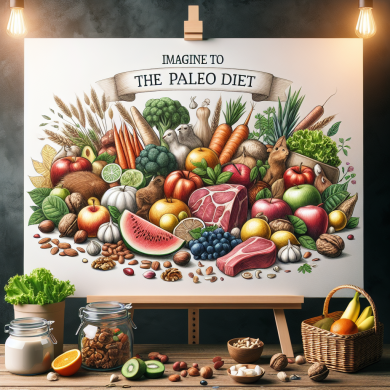

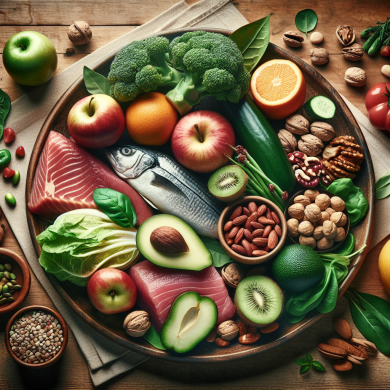
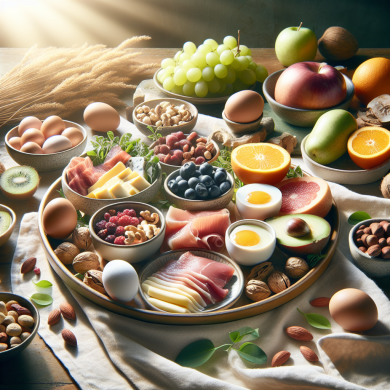
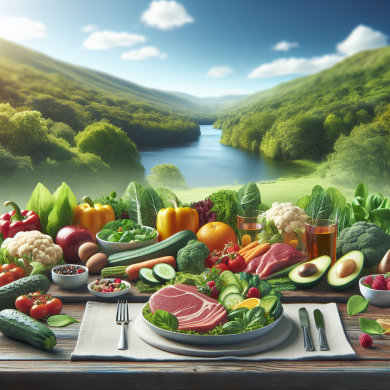
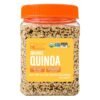

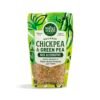



Add comment